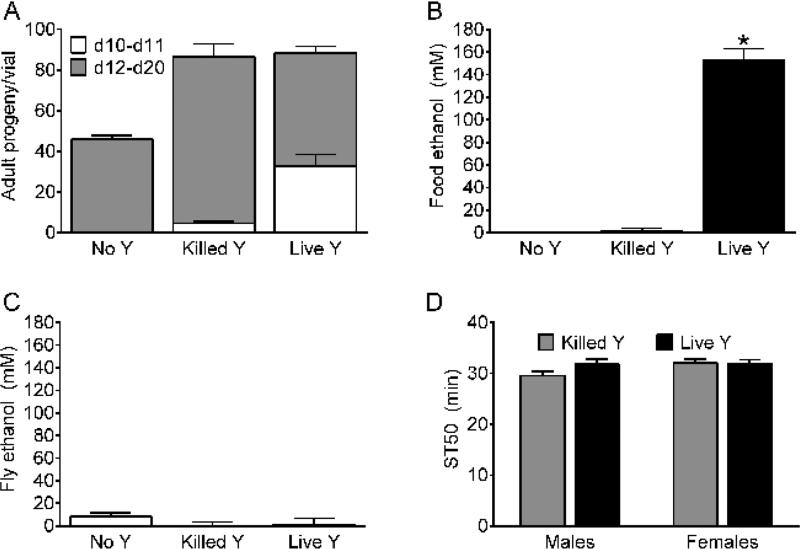Figure 3. Effect of live yeast on growth, ethanol content and sedation sensitivity.
(A) Adult progeny from vials containing food medium supplemented with no yeast (No Y), heat killed yeast (Killed Y) or live yeast (Live Y). White bars, adult progeny emerging during days 10-11; grey bars, days 12-20. Overall, yeast treatment had a significant effect on progeny production (one-way ANOVAs; all (10-20) days, p <0.0001; days 10-11, p <0.0001; days 12-20, p = 0.0002; n = 5). Total number of progeny produced during all (10-20) days was greater from vials with Killed Y and Live Y than No Y (Bonferroni multiple comparison test, p<0.05). During days 10-11, vials with Live Y produced more progeny than Killed Y and vials with Killed Y produced more progeny than No Y (white bars, Bonferroni multiple comparison tests, p<0.05). During days 12-20, vials with Killed Y produced more progeny than vials with No Y or Live Y (grey bars, Bonferroni multiple comparison test, p <0.05). (B) Ethanol in the food medium was significantly higher in vials supplemented with Live Y compared to vials with No Y and Killed Y (one-way ANOVA, p <0.0001, n = 5; Bonferroni multiple comparison test, p <0.05). (C) Internal ethanol in w[A] female flies was not significantly affected by supplementation with yeast (one-way ANOVA, n.s., n = 5-10). Ethanol content in B and C determined as described18. (D) ST50 values were not significantly affected by the supplementation of the growth medium with yeast in male or female w[A] (two-way ANOVA; effect of yeast, n.s.; effect of sex, n.s.; n = 12).

